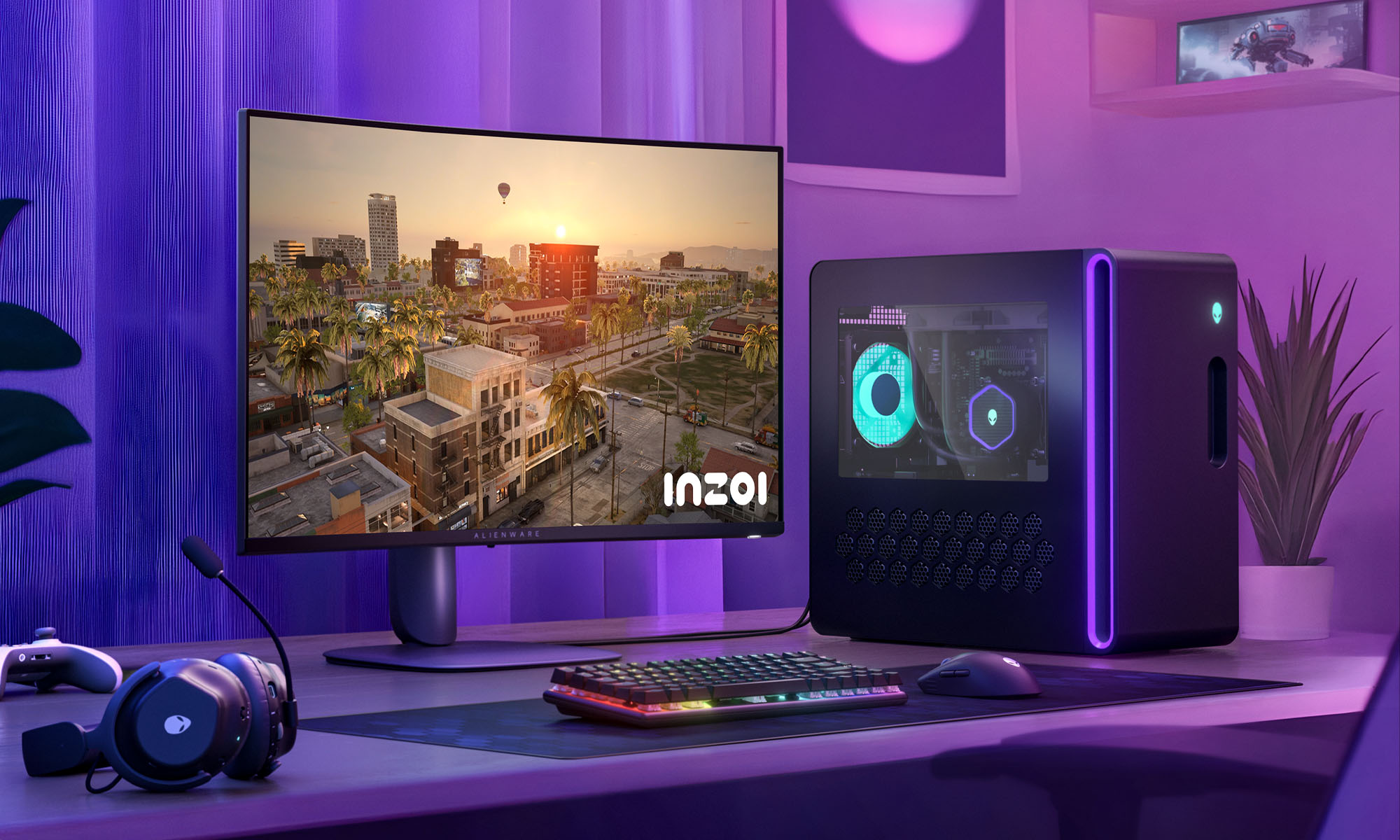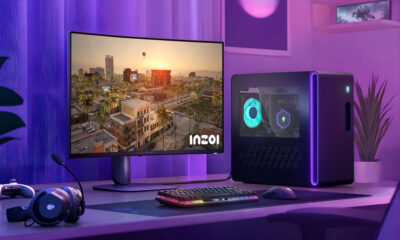News
How Edge Computing Helps Streaming Services Streamline Their Content Delivery
Discover how edge computing can optimize content delivery, streamline operations, and improve user experience for streaming services.

Video streaming services have seen steady growth over the last decade or so. Similar to how cable and satellite TV replaced radio and theaters as the primary mode of audiovisual entertainment, the advent of streaming services has completely changed the way we consume such entertainment and is in the process of rendering traditional TV media obsolete. When it comes to the advantages of streaming services, remember the three Cs: choice, control, and convenience. This is where video streaming services have an edge over cable and satellite TV.
While these services have always been hugely popular, the lockdowns of the early 2020s catalyzed an even bigger surge in their popularity. However, this sudden influx of users worldwide also shone a spotlight on the vulnerabilities of this technology, mostly as a result of its reliance on a cloud service model. The overwhelming demand created by millions stuck in their homes led to issues such as frequent buffering, reduced quality, and sometimes even server outages, and this was only a few weeks into lockdown.
The problem is, the cloud service model has some fundamental flaws that make it unsuited to deal with the rising demands of the streaming market. The large distances between users and data centers paired with the heightened workload due to an ever-increasing number of streaming requests means this model is no longer viable for streaming. There’s only so much you can do, and beyond a certain point, you’re just beating a dead horse. So, it’s time for a switch because the future of streaming lies in edge computing.
By creating a network of distributed edge servers close to the users in a particular area, streaming services can ensure that they are bridging the gap to their users while also creating reliable streaming channels that have plenty of bandwidth to provide disruption-free service.
Advantages Of Edge Computing For Media Streaming
Increased Speed And Reduced Latency
Edge computing enables streaming services to set up dedicated edge servers for a particular city or locality. By placing these servers close to the user and caching popular content locally, thanks to the storage capabilities of the edge, streaming services can greatly reduce latency-induced buffering and increase the speed at which content is delivered to the user.
We’re talking about a server that is set up with the sole purpose of taking requests from a specific area as opposed to a centralized cloud server taking requests from around the world. Combine this with the reduced physical distance between the server and user, along with the content caching capabilities of the edge, and you have a seamless channel that supports faster content delivery with significantly reduced lag or buffering.
Enhanced Quality And Reliability
Since edge servers deal with reduced traffic and distance, streaming services can ensure that the content being sent to the user is consistently high quality.
Edge servers also spread out the workload, preventing the central server from getting overwhelmed by requests. This also means there is no central point of failure. If one edge server malfunctions, the rest of the network continues to function as intended.
Improved Scalability
Edge computing architecture naturally lends itself to horizontal scaling. You can set up more edge servers to deal with increasing demand, and since these edge servers are not overly complex or pricey to set up, you can also keep costs in check. This is in stark contrast to central servers, where you’re forced to scale vertically as the costs of setting up a brand new central server are exorbitant.
Better Response Times For Cloud Gaming
Yes, video game streaming is a thing, too. It works pretty similarly to video streaming but with an added layer of complexity. Video games are inherently interactive by design, and streaming services must ensure that these interactions are seamless and instant. This doesn’t work in the case of a centralized cloud server. The only way video game streaming (aka cloud gaming) will work is when the games are being run at the edge.
Cloud gaming works by hosting or running games on extremely powerful servers; the gameplay is streamed to the user’s device and their inputs are sent back to the server. Cloud gaming enables users to run extremely demanding and resource-intensive games remotely, which would otherwise not be possible due to local hardware limitations.
By hosting games close to the users at the edge, cloud gaming service providers can ensure quick and smooth response times. And if cloud gaming catches on, we’re looking at tech that will not just change the future of gaming but interactive media as a whole.
Closing Thoughts
Recent advancements in media streaming have completely changed the way we consume entertainment. From the elimination of local storage to the cost-effectiveness of having access to vast content libraries for a small subscription fee, this tech has also made entertainment incredibly convenient. The rising demand for streaming has necessitated sweeping changes to its infrastructure and, well, nothing does the job as well as the edge. Let’s see where it goes from here.
News
Alienware Just Announced Six New Gaming Monitors
The new models include three QD-OLED and three budget-friendly QHD options, expanding the company’s lineup for all gamers.

Alienware has just updated its gaming monitor lineup with six new additions, including the highly anticipated Alienware 27 4K QD-OLED Monitor. The latest wave of releases is set to reach more gamers than ever, offering high-end QD-OLED displays alongside more budget-friendly options.
The latest displays clearly show that the company is doubling down on QD-OLED with three new models sporting the technology. A redesigned Alienware 34 Ultra-Wide QD-OLED Monitor is also making a return, further refining what is already a fan-favorite display.
A Unified Design: The AW30 Aesthetic
All six monitors feature Alienware’s new AW30 design language, first introduced at CES. The AW30 aesthetic brings a futuristic, minimalist look that unites the entire lineup under a cohesive visual identity.
Pushing QD-OLED Even Further
The refreshed Alienware 34 Ultra-Wide QD-OLED Monitor (AW3425DW) builds on its predecessor’s success with a 240Hz refresh rate (up from 175Hz) and HDMI 2.1 FRL support. It also gains G-SYNC Compatible certification alongside AMD FreeSync Premium Pro and VESA AdaptiveSync, ensuring ultra-smooth performance. With a WQHD (3440×1440) resolution and an 1800R curve, this display enhances immersion for both gaming and cinematic experiences.
For those who crave speed, the Alienware 27 280Hz QD-OLED Monitor (AW2725D) pairs a high refresh rate with QHD resolution, balancing sharp visuals with ultra-smooth gameplay. Meanwhile, the Alienware 27 4K QD-OLED Monitor (AW2725Q) delivers stunning clarity with an industry-leading pixel density of 166 PPI, making it the sharpest OLED or QD-OLED monitor available.
Also Read: Infinite Reality Acquires Napster In $207 Million Deal
Worried about OLED burn-in? Alienware’s entire QD-OLED lineup comes with a three-year limited warranty covering burn-in concerns, offering peace of mind for gamers investing in these high-end displays.
Bringing QHD To A Wider Audience
Alongside QD-OLED, Alienware is also releasing three new QHD gaming monitors aimed at more price-conscious gamers. The Alienware 34 Gaming Monitor (AW3425DWM), Alienware 32 Gaming Monitor (AW3225DM), and Alienware 27 Gaming Monitor (AW2725DM) provide a range of sizes and formats to suit different preferences:
- The Alienware 34 Gaming Monitor (AW3425DWM): An ultrawide (WQHD) option for a panoramic, immersive experience.
- The Alienware 32 Gaming Monitor (AW3225DM): A standard 16:9 panel for a traditional but expansive desktop setup.
- The Alienware 27 Gaming Monitor (AW2725DM): A 27” display offering the same performance in a more compact form factor.
All three gaming monitors feature a fast 180 Hz refresh rate, a 1ms gray-to-gray response time, and support for NVIDIA G-SYNC, AMD FreeSync, and VESA AdaptiveSync to eliminate screen tearing. Additionally, with 95% DCI-P3 color coverage and VESA DisplayHDR400 certification, these displays deliver vibrant colors and high dynamic range for lifelike visuals.


























